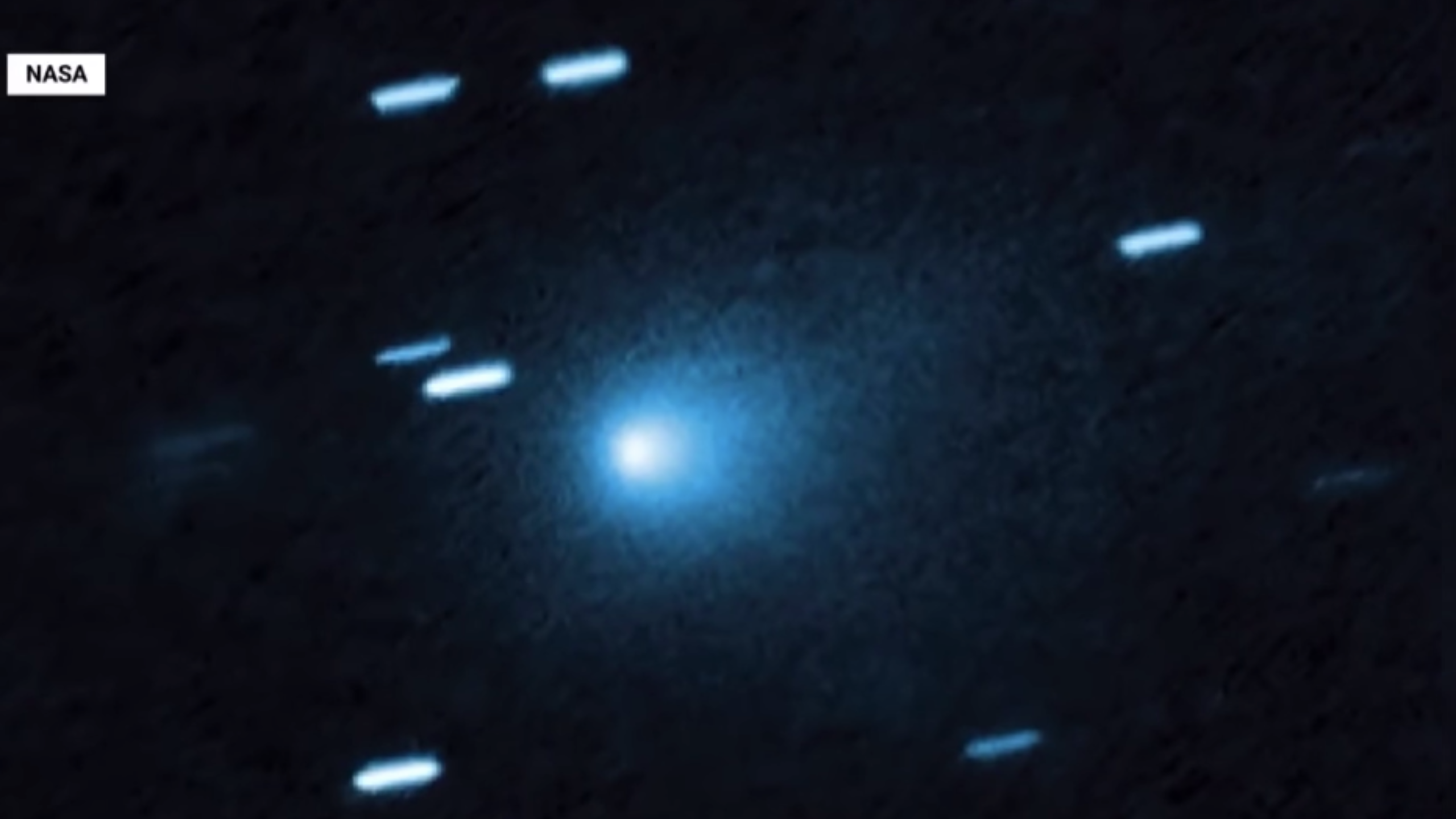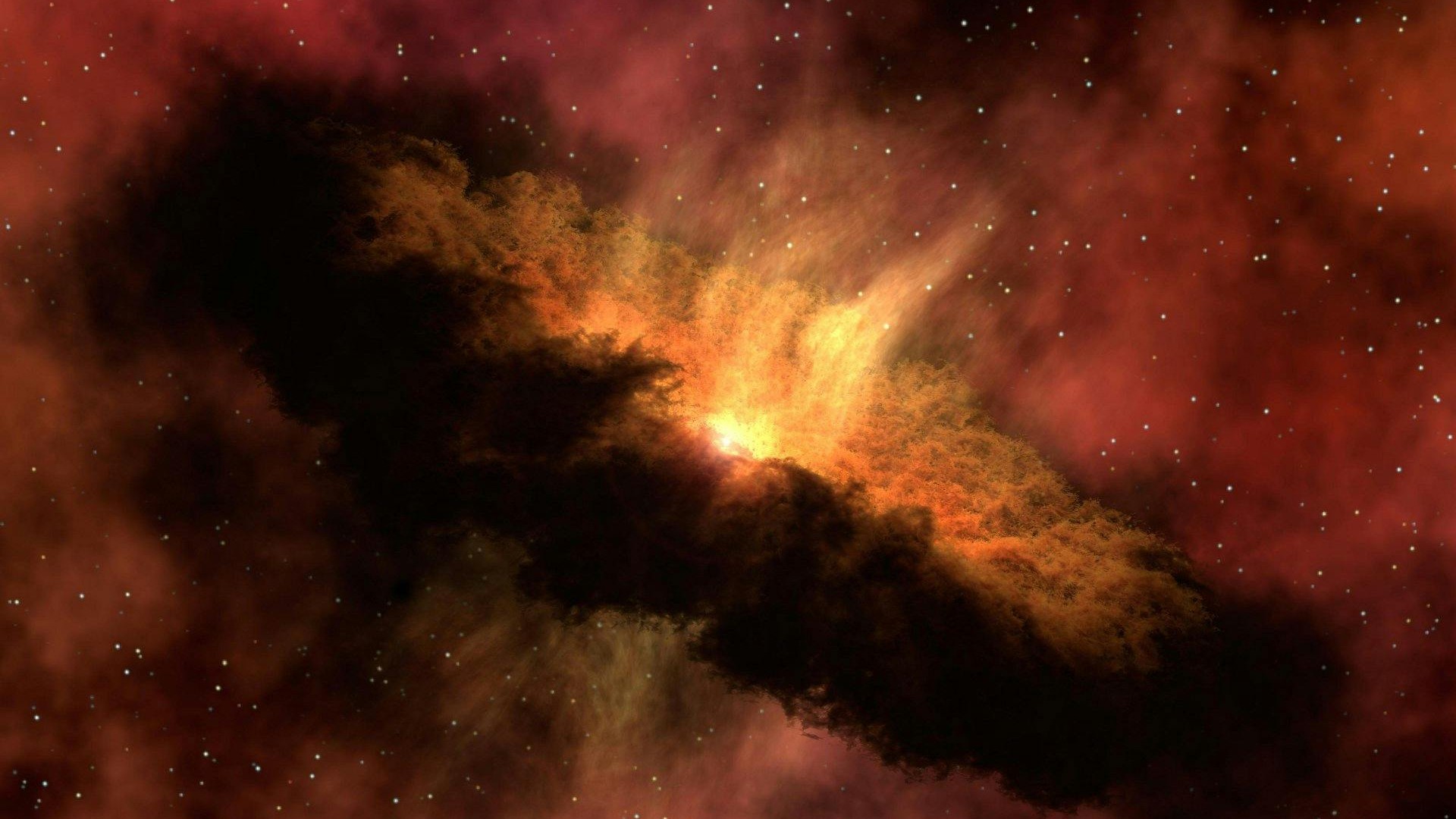The interstellar object known as 3I/ATLAS has become visible to Earth-based telescopes once more, showcasing a remarkable transformation. This celestial body, which has intrigued scientists and the public alike, now exhibits a faint bluish hue, marking its third color change since it was first observed. The object had previously been obscured from view as it passed behind the Sun while approaching Mars.
3I/ATLAS is the third known interstellar object detected in our galaxy, classified as either an asteroid or a comet that originates beyond our solar system. Its journey through interstellar space has captivated the scientific community, particularly as it consistently defies expectations regarding its characteristics. Initially identified with a reddish tint, the object’s shift to blue as it neared the Sun has prompted further investigation into its true nature.
Scientists Investigate the Unexpected Color Change
The recent color transformation raises significant questions, particularly as blue hues are atypical for comets, which usually appear red when approaching the Sun. Avi Loeb, a theoretical physicist and astrophysicist at Harvard University, noted that dust typically scatters sunlight in such a way that it appears red. “We must therefore add the blue color at perihelion as a ninth anomaly to the list of unexpected properties,” Loeb stated, referring to the point at which the object is closest to the Sun.
Interestingly, 3I/ATLAS’s surface temperature is lower than the 5,800 degrees Kelvin of the solar photosphere, which would ordinarily lead to a redder appearance. Instead, the object has surprised researchers by becoming distinctly bluer, even described at one point as “distinctly bluer than the Sun.” This intriguing phenomenon has led to ongoing studies to better understand the composition and characteristics of 3I/ATLAS.
On November 5, 2025, an image of 3I/ATLAS was captured by the R. Naves Observatory in Begur, Spain, further fueling public interest and scientific inquiry. The image has been widely shared across social media platforms, where discussions about the object’s nature continue to generate buzz.
Public Fascination and Celebrity Engagement
The fascination with 3I/ATLAS has not only captured the attention of scientists but also that of public figures. Kim Kardashian recently prompted a response from Sean Duffy, the Acting Administrator of NASA, after inquiring about the interstellar object on X (formerly Twitter). Duffy clarified that while 3I/ATLAS is indeed an interstellar visitor, it poses “no threat to life here on Earth” and emphasized that it is “no aliens.”
Loeb, recognizing the public’s interest, extended an invitation to Kardashian to join his research team studying 3I/ATLAS, offering to explain the various anomalies observed. During a recent interview with NewsNation, Natasha Zouves suggested that Kardashian’s inquiries could lead to faster responses from NASA, given her influence.
The scientific community eagerly anticipates further findings regarding 3I/ATLAS, which has become a phenomenon capturing global attention. As researchers continue to explore its characteristics, the hope is that clarity will emerge about this extraordinary interstellar visitor and its color-changing behavior.







